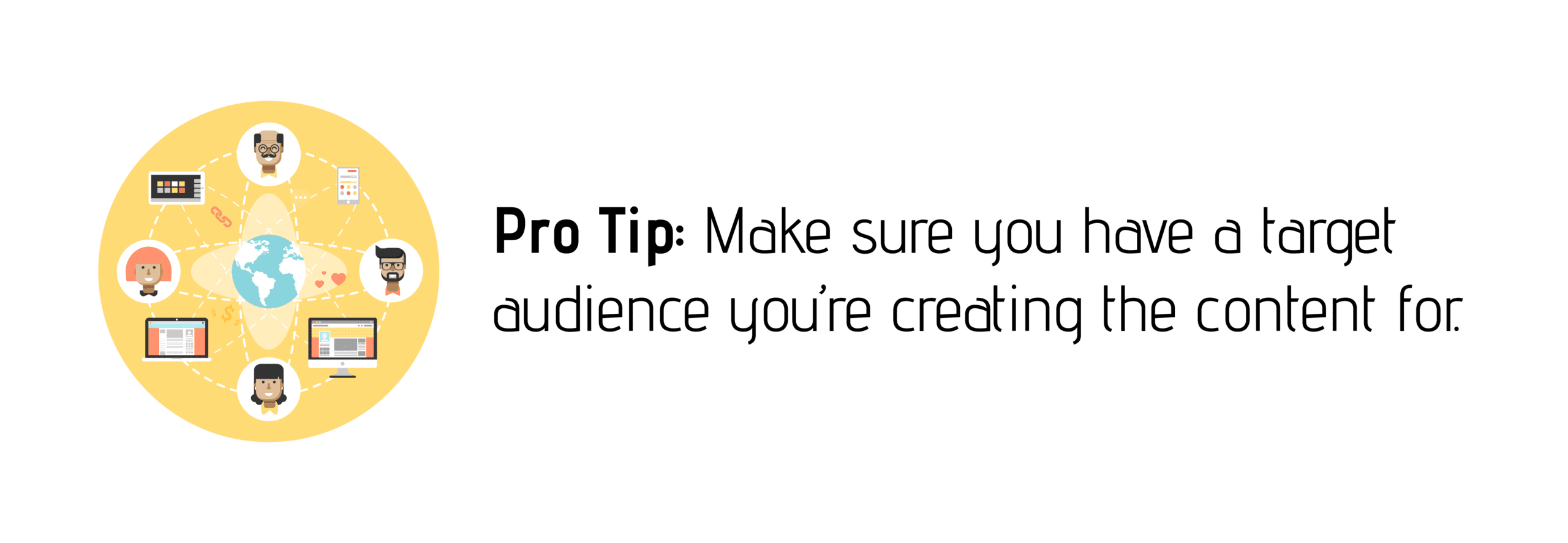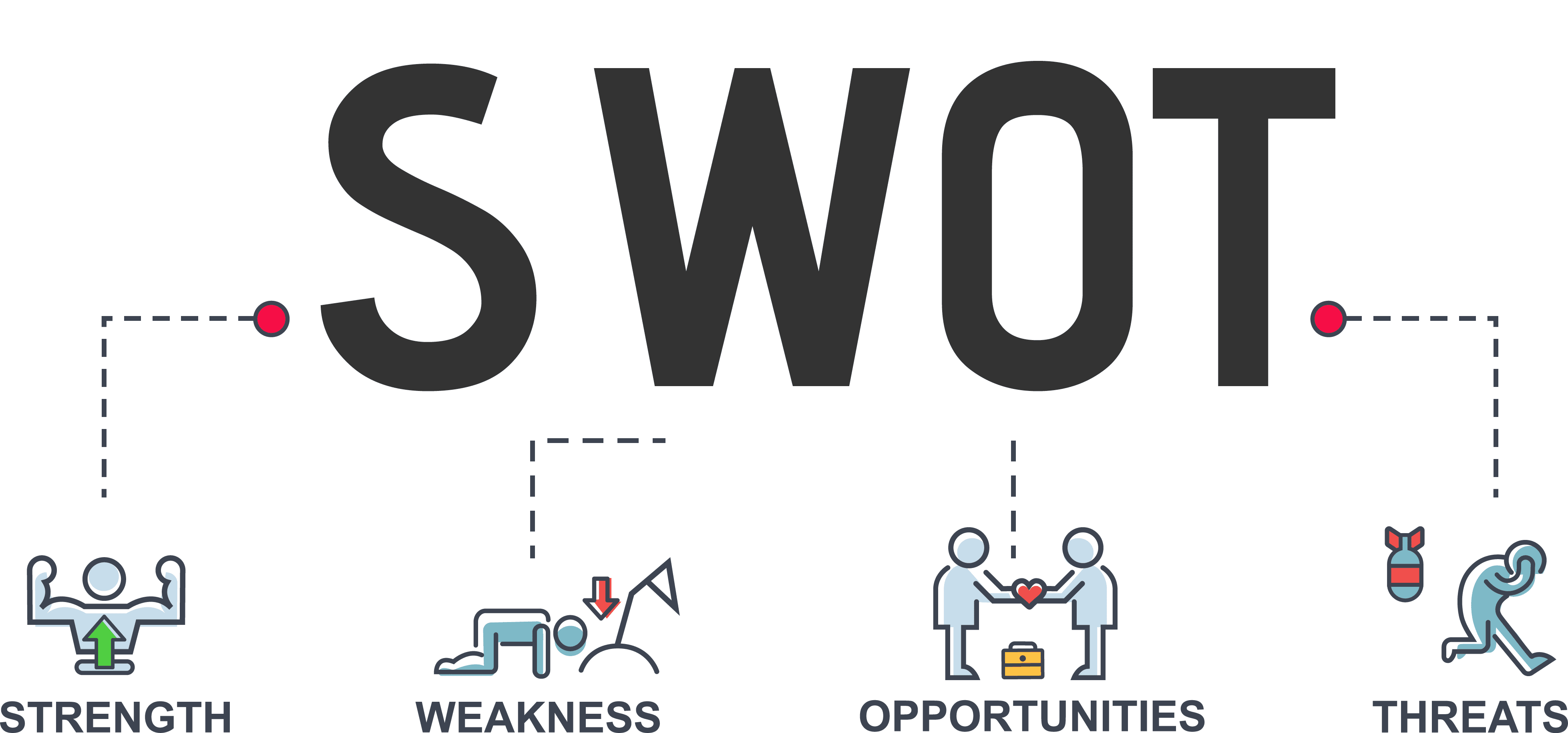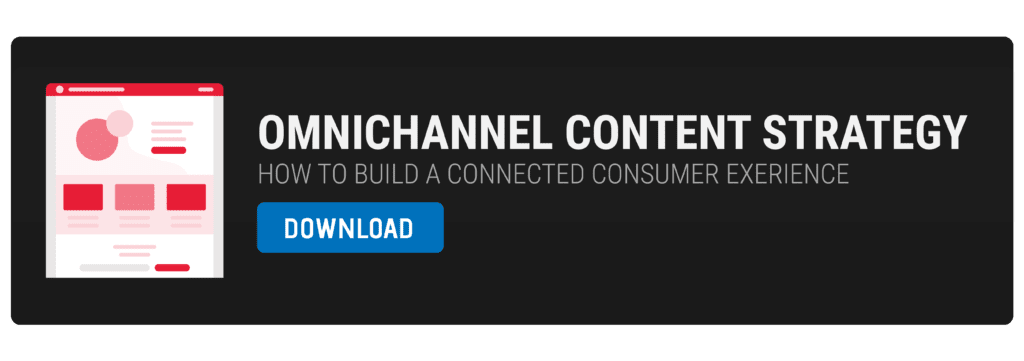How To Audit Your Branding Strategy In 7 Steps
If you feel stuck with your branding, it’s smart to start by auditing your brand strategy. That will help you analyze the current situation and find exactly where you stand.
Once you have all the necessary info, you can set new branding objectives and goals for your business.
Auditing your brand strategy might seem like a lot of work, but it doesn’t have to be complicated at all.
Let’s start by looking at your brand as a whole. How does your brand identity affect the content you produce?
It is essential that you build a strong brand identity as an anchor that will help you when you’re creating content. Here is how to start.
1. Re-establish your brand purpose
The purpose of your brand ties together the value you provide with a stronger meaning behind it. It will help drive your brand from your side, but it will also let people know what you stand for.
You can re-establish your purpose by writing down or updating brand mission and vision statements.
- What is your brand story?
- What are you trying to accomplish with your work?
- Where does your brand fit in society?
- Where do you see your brand in the future?

This first step is important because as time goes by, we often forget the core values that we stand for. It’s a good opportunity to take a look at your original brand purpose and update it if necessary for you to move forward.
2. Clearly define your target audience
Having a good understanding of your target audience is very helpful in creating offers and growing your brand.
These are the people that you’re trying to connect with and serve. So take this opportunity to really remind yourself of the target audience for your brand.
You can get into the mind of your audience if you know more about who they are.
- What are the target customers of your brand?
- How are you helping them reach their goals?
- How does your brand fit into their lifestyle?

Figure out exactly who it is that you’re trying to serve and how your brand will fit into their lives. Are your brand identity and purpose strong enough to have an impact on them?
3. Carefully examine your target market
For your brand to be successful, you need to distribute valuable and relevant content in your niche, market, or industry.
That means that you should get to know the demand for products and services in your area of interest. What else are the people in your target market using?
Start by preparing questions for your research. Here are a few examples:
- What type of offers perform well with the target audience?
- What social media platforms does your target audience use the most?
- What type of language do people in your target market use?

This part of your audit is to examine our positioning on the market. It’s good to have a clear picture of your playing field.
4. Analyze your competition
The type of market that you’re entering will most likely be a competitive one. That means, there are many people and brands, that are offering the same thing you are.
That is where market research comes in handy. Think about the information you collected in the previous step, and how it can help you here.
- Does your brand stand out from the competition?
- Is there something people are looking for, but nobody provides?
- How can you be different than everybody else?
- What do you bring to the table that your competition doesn’t?

There are millions of pieces of content uploaded to the internet each minute. That means that your brand needs to stand out in some way in order to get noticed.
5. Perform a SWOT analysis
SWOT Analysis is a strategic planning framework that can help identify the strengths, weaknesses, and threats of a brand, related to business and project planning.

You’ve already performed some market research so it should be easy to put certain things into perspective.
- Strengths: What part of your strategy has worked well for your brand so far? Maybe you have great visual elements or maybe the messaging of your brand is on point with the target audience.
- Weaknesses: What parts of your brand strategy need to be improved? This can be a lack of website content, low post quality on social media, having a website that is not search engine optimized.
- Opportunities: Is there something you can take advantage of, but haven’t capitalized on? What can you take advantage of moving forward?
- Threats: What are some troubles that you can possibly face along the way of implementing your strategy? It’s good to be well prepared in advance.
You’re ultimately trying to figure out what works, what doesn’t, and why is that. You can use analytics data and other research to support your self-assessment.

6. Analyze your top-performers
Some pieces of brand content or offers organically perform better than others.It’s incredible how sometimes a post can pick up in speed and get more engagement than anything else you’ve posted.
When this happens to a specific post, you should always go into research mode and find out as much as you can why it happened.
Look at the people who interacted with your top posts.
- Did profiles with a high follower count help your post by sharing it?
- What are the most common reactions and comments?
- Are there any measurable trends that you can find across your brand content?
- How do your reach and engagement vary across the year?

7. Create new guidelines
Based on the assessment, there are 5 directions that you can think about:
What should you stop doing? This is the type of activitesthat does not support your vision or your business goals. If it doesn’t serve the purpose of your strategy, then you should completely cut it off.
What type of activities do you need less of? This are the type of activities that are not completely unnecessary but do not serve a big purpose in the overall ecosystem. You should focus less on them in the future.
What should you continue doing? Something that works well and is in alignment with your vision is always welcome. This is the type of activites that you need to continue investing in or even go further with.
What do you need more of? Is there a part of your strategy that you’ve underestimated until now? This are the type of activities that have served your strategy well so you need more of.
What should you start doing? Throughout the process of measuring your strategy performance, new opportunities reveal themselves. These are the things that you haven’t explored yet, and it’s time to do so now.
Final words
A good branding strategy is one that does a good job of showcasing the identity of a brand and what it has to offer.
Focus on getting in touch with your audience and what they need. Connect with your brand purpose on a deeper level than just business. Create with excitement and the rest will follow.
Share this with your friends ?
